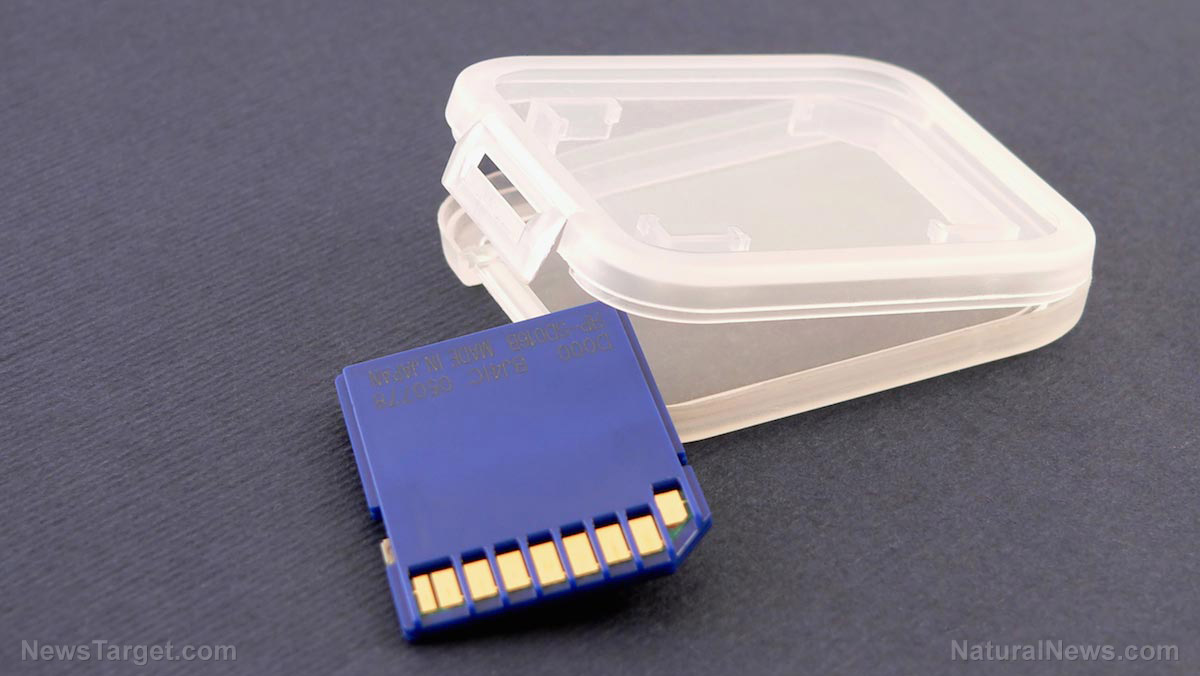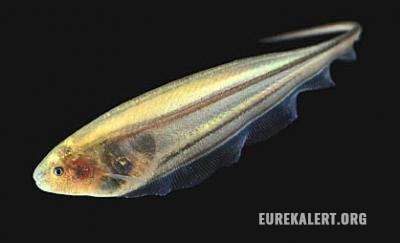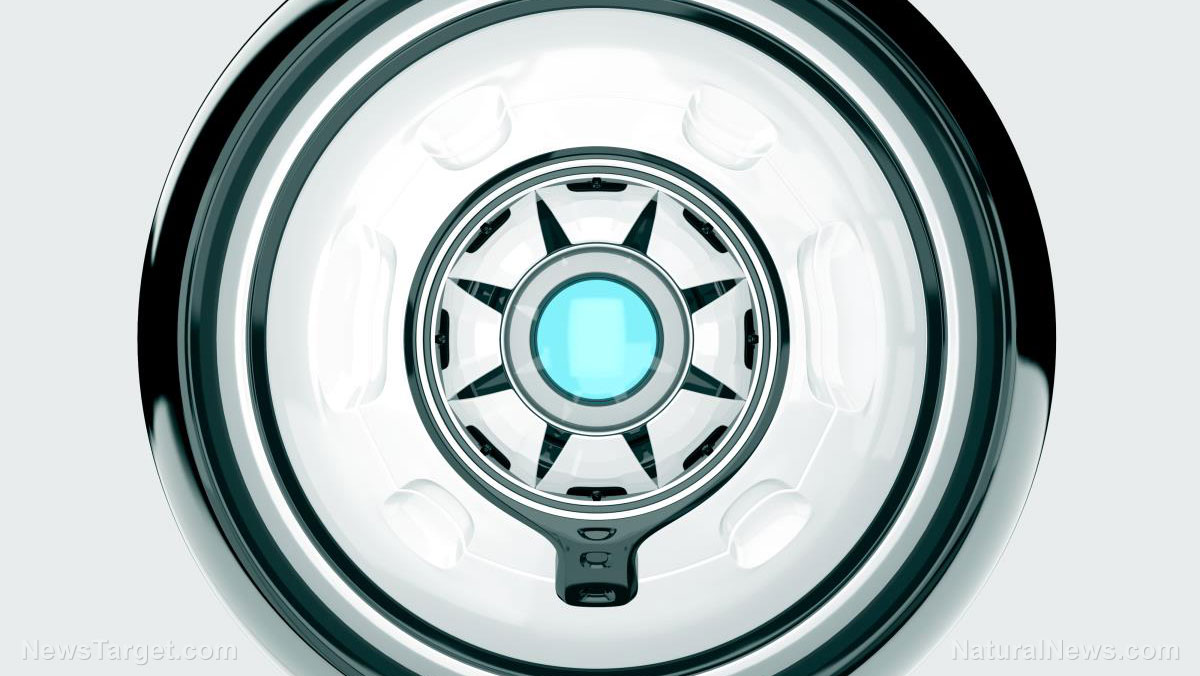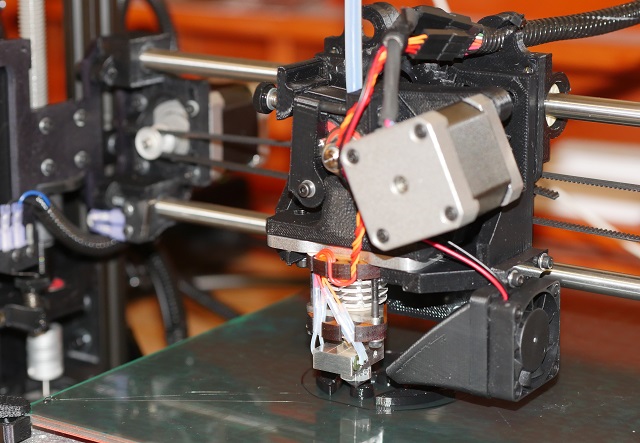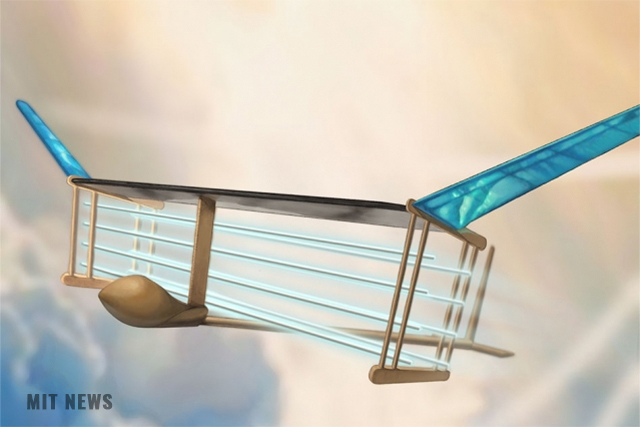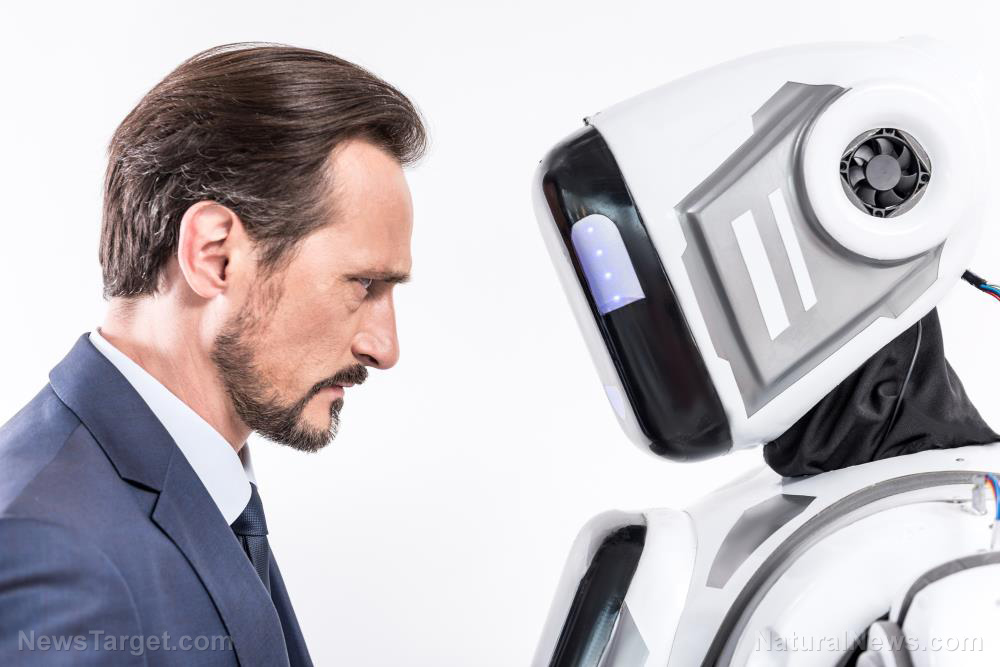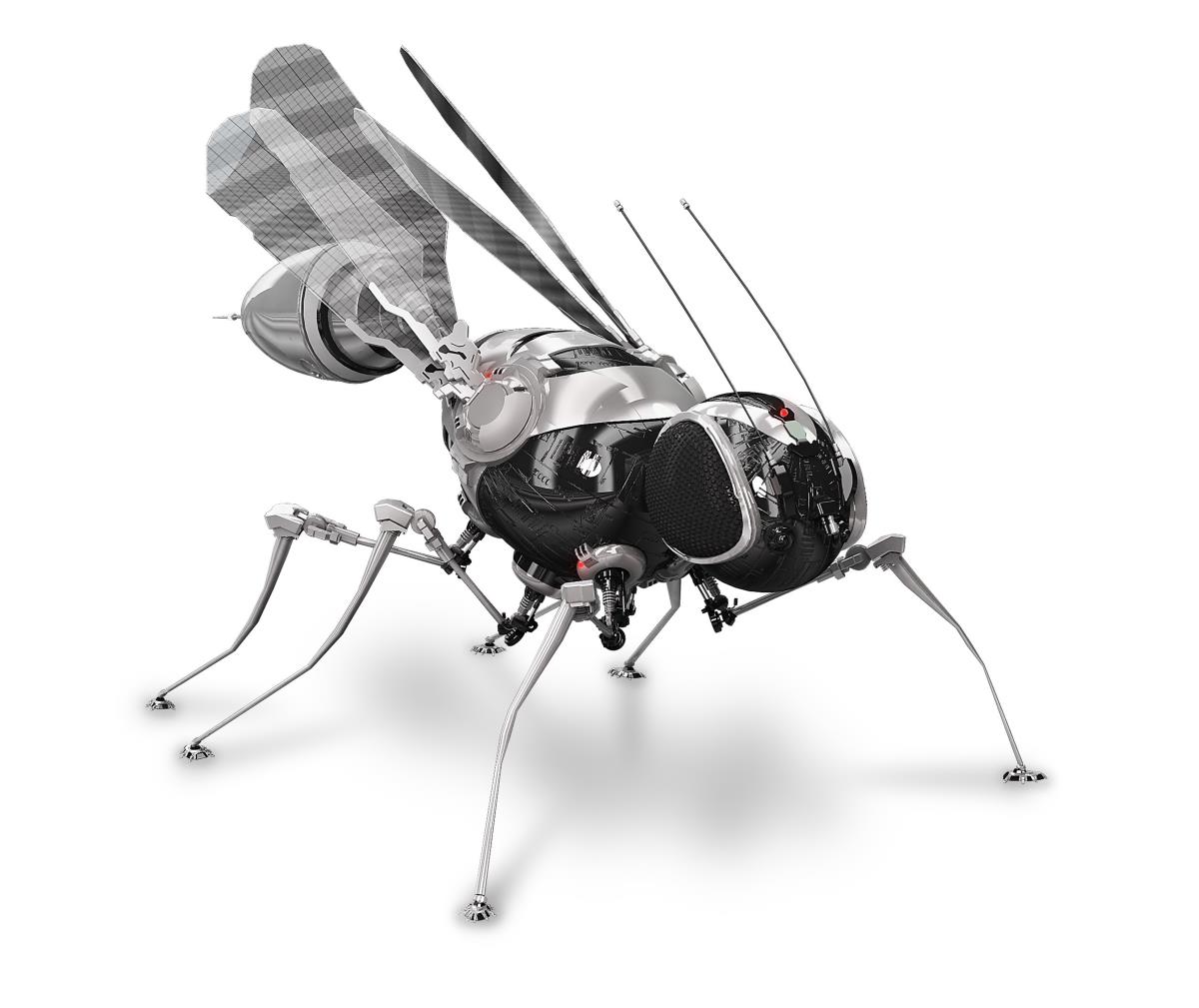Researchers use laser holograms to trap and control tiny objects the size of single cells
03/05/2019 / By Edsel Cook
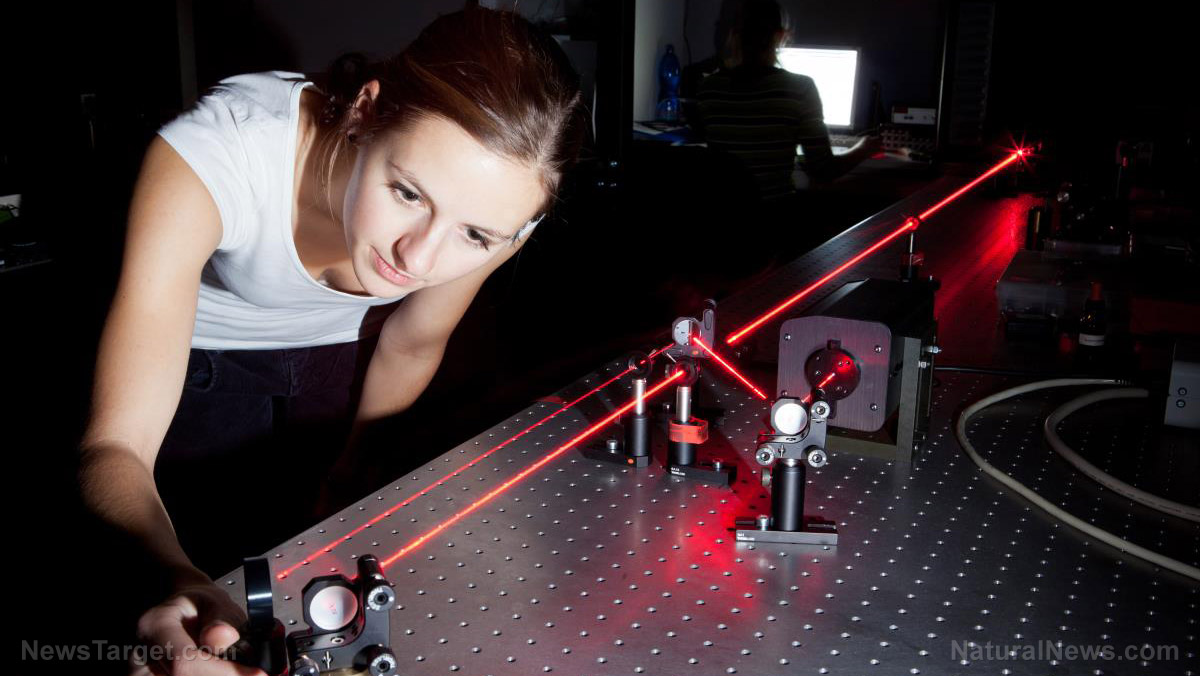
Perspective matters. A narrow beam of light will barely warm your skin, but it will exert an irresistible grip on objects that are mere micrometers or nanometers in diameter. South African researchers demonstrated how a laser beam can steer tiny objects the size of a single human cell.
Their technique is called “holographic optical trapping and tweezing.” In addition to biological cells, it can control and manipulate exceedingly small objects, such as the particles used in small volume chemistry and planned system-on-chip devices.
The University of the Witwatersrand (Wits) research team refined this existing method so that it could leverage all of the force in the light beam, including a previously inaccessible state of light called “vector light.” They dubbed their innovation the “vector holographic trap.”
Wits lead researcher Andrew Forbes said that earlier holographic traps were restricted to using light in the scalar state. Their new device retained this ability while also being capable of using light in its vector states.
In their recent experiment, Forbes’ team demonstrated the ability to capture more than one particle at the same time. They accomplished the trapping and tweezing effects with just vector light. (Related: Solar panels made with the heavy metal lead may soon be able to use “green” element BISMUTH instead.)
New optical trapping and tweezing system uses vector light for holographic projections
An optical trapping and tweezing system concentrates light into a very tight space that holds biological cells or other particles that are only micrometers or nanometers thick. The light is able to capture and control such small particles with ease. When the light moves, it will drag its captured particles along for the ride.
Earlier mechanical traps used physical mirrors and moving stages to control the light. The next generation of traps switched to computer-generated holograms for manipulating the particles. But the holograms could only be projected using a special class of laser beams called “scalar beams.”
The Wits researchers demonstrated the means by which they could form and manipulate any pattern of light. This included vector beams, a more advanced class of lasers.
“In particular the device could work with both the traditional laser beams (scalar beams) as well as more complex vector beams,” explained Forbes. “Vector beams are highly topical and have found many applications, but no vector holographic trap was possible until now.”
Their vector holographic trap is capable of controlling both scalar and vector beams. It is much more versatile than typical holographic traps.
From mechanical to holographic to unlimited
The concentrated beam of light emitted by an optical system can exert force on a tiny particle. When this highly focused beam catches the particle, it is called “optical trapping,” and when it moves the particle, the action is termed “optical tweezing.”
The mirrors and stages took up considerable space and weight in the first generation of optical trapping and tweezing systems. Their bulkiness also made it difficult to perform precise manipulation of a particle.
These mechanical systems were replaced by spatial light modulators that could project holograms. Users could program specific patterns of light that the modulators would move inside the trap. These custom holograms could capture and move multiple particles at the same time.
The drawback of these holographic optical traps was that they could only use scalar beams, which made up only a small fraction of light. The rest is comprised of vector states, which were considered impossible to control via holograms.
By proving they could produce vector beams and successfully manipulate them with holograms, the Wits research team opened up a new frontier for holographic optical traps. They released their findings in the journal Scientific Reports.
Sources include:
Tagged Under: breakthrough, future tech, future technology, holograms, holographic optical trap, innovation, inventions, laser beams, lasers, light-based devices, science and technology



